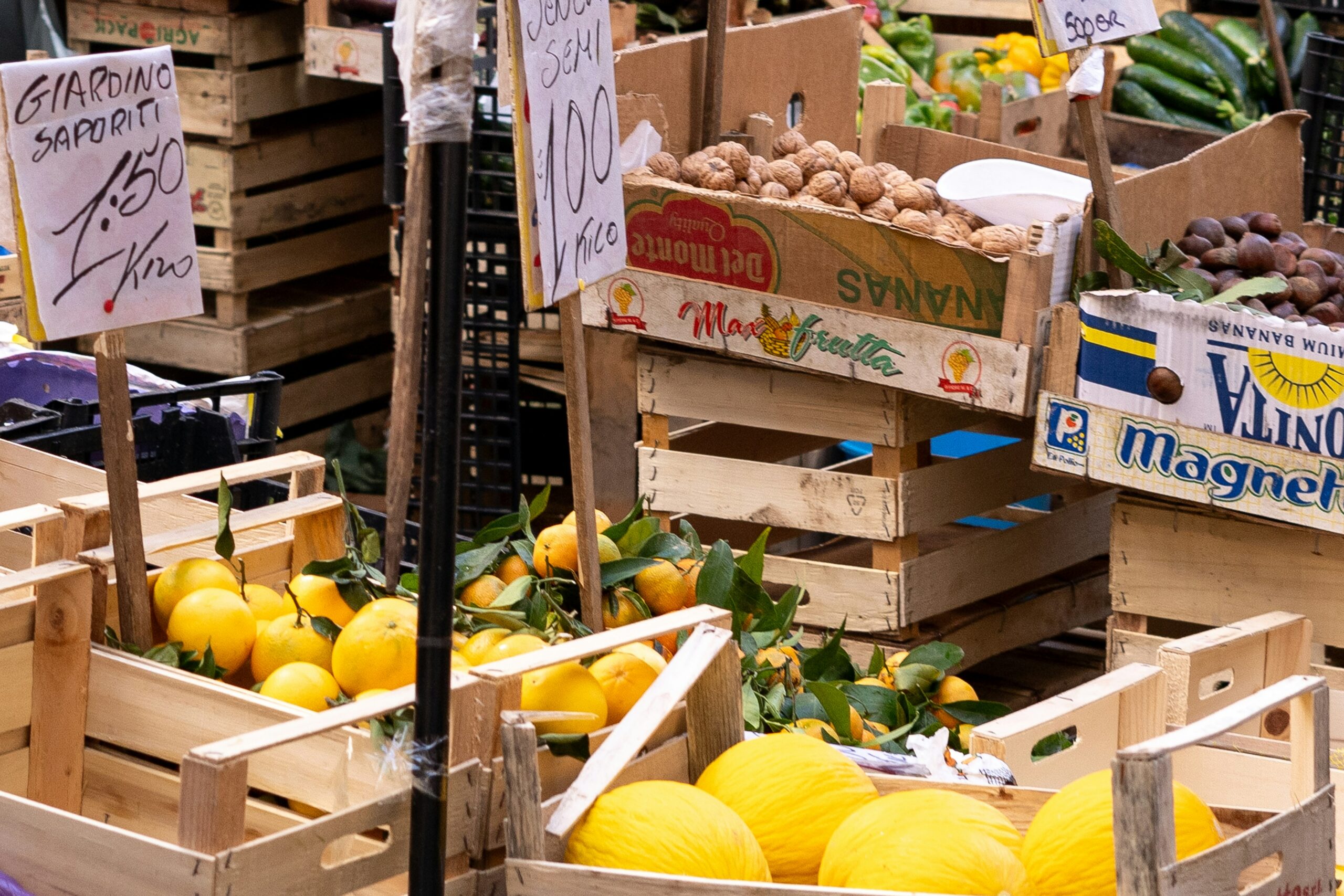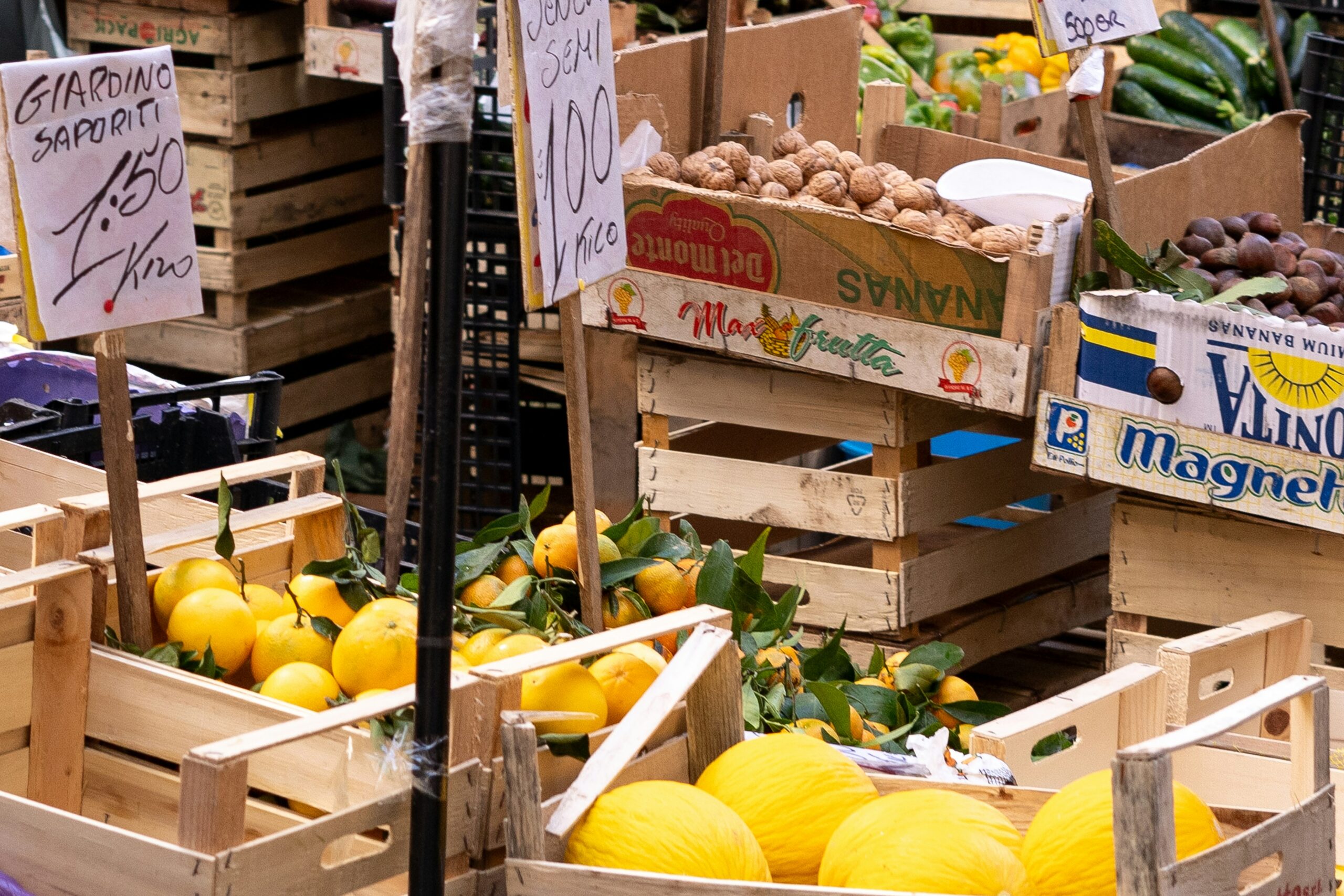
Introduction to the Marketplace Dynamics
The marketplace landscape in the Middle East is notably intricate, shaped by a multitude of factors including cultural, economic, and geopolitical influences. As conflicts occur, the impact on economic activities within the region becomes pronounced. Geopolitical events, particularly wars, can lead to significant fluctuations in trade, investment, and consumer confidence. This complexity necessitates a thorough understanding of how such occurrences alter marketplace dynamics and consumer behavior.
Consumer behavior in the Middle East is markedly diverse, influenced by varying local customs, economies, and social structures. Economic instability, often a direct consequence of conflicts, tends to instill uncertainty among consumers. This leads to alterations in purchasing power, shifting priorities, and changes in spending habits. Understanding these local consumer behaviors is fundamental to comprehending how markets respond to geopolitical tensions. For example, necessity goods may see increased demand, while luxury items may experience declining sales during times of unrest.
In essence, a deep understanding of these marketplace dynamics provides a critical foundation for analyzing the broader economic impacts and consumer behaviors in response to warfare and violence in the region. This analysis is crucial for businesses looking to navigate the uncertain landscape shaped by such geopolitical events.
Immediate Economic Reactions: Market Fluctuations and Trade Disruptions
The onset of war in the Middle East provokes immediate reactions across global marketplaces, illustrating how interconnected economies can swiftly respond to geopolitical crises. One of the most pronounced impacts is observed in stock markets, where initial declines are often followed by volatility as investors reassess risk. In times of conflict, indices that include companies heavily invested in the region tend to experience sharp decreases, reflecting anxiety about potential disruptions in operations and supply chains. For instance, during recent conflicts, major stock indices such as the Dow Jones and FTSE have shown fluctuations that mirror news cycles related to the ongoing tensions.
Commodity prices, particularly for oil and gas, are also significantly affected. The Middle East is a central hub for oil production, and uncertainties surrounding production capabilities or potential supply chain interruptions can lead to immediate spikes in crude oil prices. In response to these developments, energy markets may exhibit aggressive trading strategies, as speculators attempt to capitalize on price volatility. Following initial news of conflict, reports indicated a rise in the price of Brent crude oil, which acts as a bellwether for global oil pricing, underscoring the sensitivity of energy markets to geopolitical disturbances.
Moreover, trade routes face disruptions that can have cascading effects on industries reliant on Middle Eastern imports and exports. Increased insurance costs for shipping vessels traversing through contested waters often lead to higher prices for consumers. Industries such as construction and manufacturing, which depend on raw materials from the region, might experience delays and increased costs, prompting businesses to alter their supply chain strategies. These adaptations could include sourcing materials from alternative suppliers or stockpiling resources to mitigate risks associated with future disruptions.
Long-Term Effects: Changes in Consumer Behavior and Trends
The ongoing conflict in the Middle East has led to significant shifts in consumer behavior across various marketplaces. Historically, conflicts can alter spending habits, with consumers tending to prioritize essential goods over luxury items during times of instability. In many instances, as security concerns heighten, consumers gravitate towards purchasing local products, which they perceive as safer and more reliable compared to international alternatives that may be affected by logistical challenges. This trend can bolster local economies and support domestic brands, leading to a resurgence of community-focused businesses.
Moreover, the notion of ‘buy local’ has gained considerable traction as consumers aim to contribute to the stability of their own economies. As businesses adapt to the fluctuating needs of consumers, they may shift their marketing strategies to emphasize the reliability and cultural relevance of local products. Case studies demonstrate this when we observe a rise in local artisan goods and food products that reflect both heritage and current socio-economic conditions. Companies that once relied heavily on imports are now reorienting their supply chains to source materials and labor locally.
Another significant change lies in the emergence of new market trends driven by consumer demand for ethical and sustainable products. Consumers in the Middle East are increasingly making purchasing decisions based on a product’s perceived social impact and environmental footprint. This shift towards conscious consumerism indicates a growing awareness of global issues and their implications on local economies. Businesses are thus innovating to meet these evolving expectations by adopting sustainable practices and transparent sourcing methods. As these trends reflect a deeper, long-term transformation in consumer values, they signal a pivotal moment for many businesses in the region.
The Role of Digital Marketplaces in Conflict Zones
Digital marketplaces have emerged as crucial platforms amid the upheaval caused by conflicts in the Middle East. These online trading ecosystems facilitate the exchange of goods and services, even in environments where traditional commerce may falter due to instability and disruptions. The adaptability of e-commerce in conflict zones has become increasingly evident, reflecting a shift in consumer behavior towards digital solutions for their purchasing needs.
In regions experiencing war, the expansion of e-commerce has helped maintain some semblance of normalcy. Despite physical marketplaces being compromised, online platforms enable consumers to access essential products and services from a broader range of suppliers, often from outside the conflict area. This shift is accelerated by the widespread increase in internet accessibility, even in unstable regions, allowing consumers to engage with digital marketplaces safely and conveniently.
Moreover, digital payments play a critical role in supporting transactions during times of conflict. These services provide security for both buyers and sellers, eliminating the risks associated with cash transactions in volatile environments. Cryptocurrency, for instance, has gained traction as an alternative payment method, offering a decentralized option that can operate independently of the local banking infrastructure, which may be impaired during a war.
However, the operation of digital marketplaces in these contexts also faces several challenges. Ensuring cybersecurity is imperative, as the probability of hacking and online fraud increases during tumultuous times. Additionally, logistical barriers such as disrupted shipping routes and unreliable infrastructure can hinder the delivery of goods, posing significant difficulties for e-commerce businesses trying to serve affected populations.
In conclusion, while digital marketplaces offer innovative solutions and avenues for trade in conflict zones, they must navigate a complex landscape of challenges and opportunities to provide stability and continuity in uncertain times.



 Bitcoin
Bitcoin  Tether
Tether  XRP
XRP  USDC
USDC  Lido Staked Ether
Lido Staked Ether  Dogecoin
Dogecoin  LEO Token
LEO Token